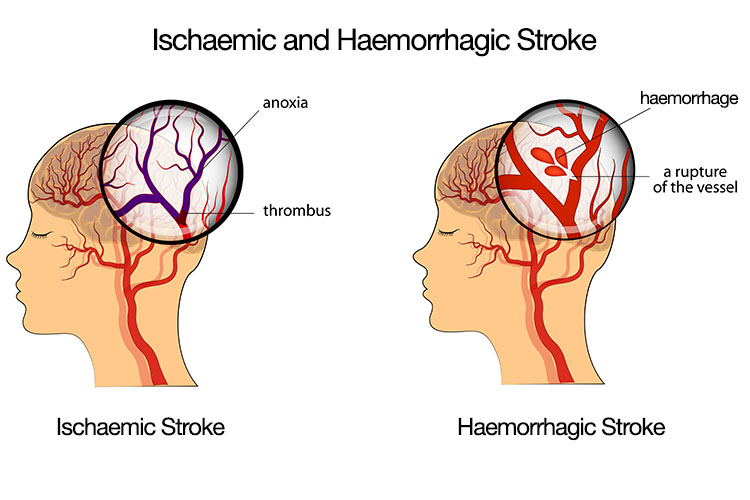You may also have any of the following. Specific symptoms of an ischemic stroke depend on what region of the brain is affected.
 L Mca Stroke Page 5 Line 17qq Com
L Mca Stroke Page 5 Line 17qq Com
It branches directly from the internal carotid artery and consists of four main branches M1 M2 M3 and M4.

Right mca stroke symptoms. Trouble remembering impulsive behavior or mood changes. These vessels provide blood supply to parts of the frontal temporal and parietal lobes of the brain as well as deeper structures including the. Certain symptoms are common across most ischemic stroke including.
It branches directly from the internal carotid artery and consists of four main branches M1 M2 M3 and M4. More visible symptoms of a cerebellar. Common impairments seen with middle cerebral artery MCA stroke include neglect hemiparesis ataxia perceptual deficits cognitive deficits speech deficits and visual disorders.
Mental state impairments such as confusion amnesia apathy short attention span. During a stroke your vision can be affected and loss of sight can occur. Hemorrhagic strokes cause the same focal symptoms described above depending on which artery is affected.
Vision problems such as blindness in one. The right hemisphere of your brain controls the left side of your body. Disinhibition and speech perseveration.
Deficits in movement and sensation contralateral hemiplegia and hemianesthesia that are often worse in the lower limbs. Non-contrast CT shows loss of gray-white matter diffraction in the right MCA territory consistent with acute large right MCA infarction Fig 3. The middle cerebral artery MCA is the most common artery involved in acute stroke.
It may also affect your speech and language abilities. In many cases these symptoms are ignored. What are the signs and symptoms of a right hemispheric stroke.
Hemiparesis sensory deficits and ataxia can occur with either a right or left hemisphere lesion and typically affect the contralateral side. These vessels provide blood supply to parts of the frontal temporal and parietal lobes of the brain as well as deeper structures including the caudate internal capsule and thalamus. A stroke of the MCA is denoted as middle artery syndrome.
This causes diminished sensation in some parts of the body like the neck arm and face or sometimes an entire side of the body. The middle cerebral artery MCA is the most common artery involved in acute stroke. CTP in stroke imaging.
There is a large left MCA infarction. Trouble paying attention or solving problems. When you experience a middle cerebral artery stroke a sensory strip found in the temporal lobe is often affected.
However they typically result in more pronounced headaches neck pain light intolerance nausea and vomiting and impaired level of consciousness than ischemic strokes. Maximal severity of symptoms usually very quickly seconds to a few minutes MCA stroke can cause contralateral hemiparesis sensory loss hemianopia and either aphasia or neglect ACA stroke can cause contralateral leg weakness and executive dysfunction PCA stroke can cause hemianopia pure sensory infarct thalamus memory. Contralateral sensory loss of the legs arms and lower two-thirds of the face due to.
The areas of increased MTT TTP or Tmax and decreased CBV or CBF are considered as infarct core Fig 4. Common symptoms of a cerebral stroke include. Reduction in speech motivation or movement abulia.
Symptoms of Carotid Strokes. Man of Few Words.



